TABLE OF CONTENTS
If you’ve been thinking about buying an ARM-based Apple device, you must’ve heard of Unified Memory.
It sounds fancy, there’s no doubt about it, but what is it exactly, and how much of it do you really need?
Understanding its peculiar (and most impressive) nature is of the utmost importance as it is, in part, what makes Apple’s latest and greatest devices so darn powerful (and devilishly fast, too).
There’s a fair bit of ground to cover, so let’s get down to the nitty-gritty!
What’s Unified Memory?
Apple’s M1 and M2 chipsets (and, presumably, their successors) are all tightly integrated. Unlike traditional x86 computers, these SoCs (System-on-a-Chip) contain most key components underneath the same hood.
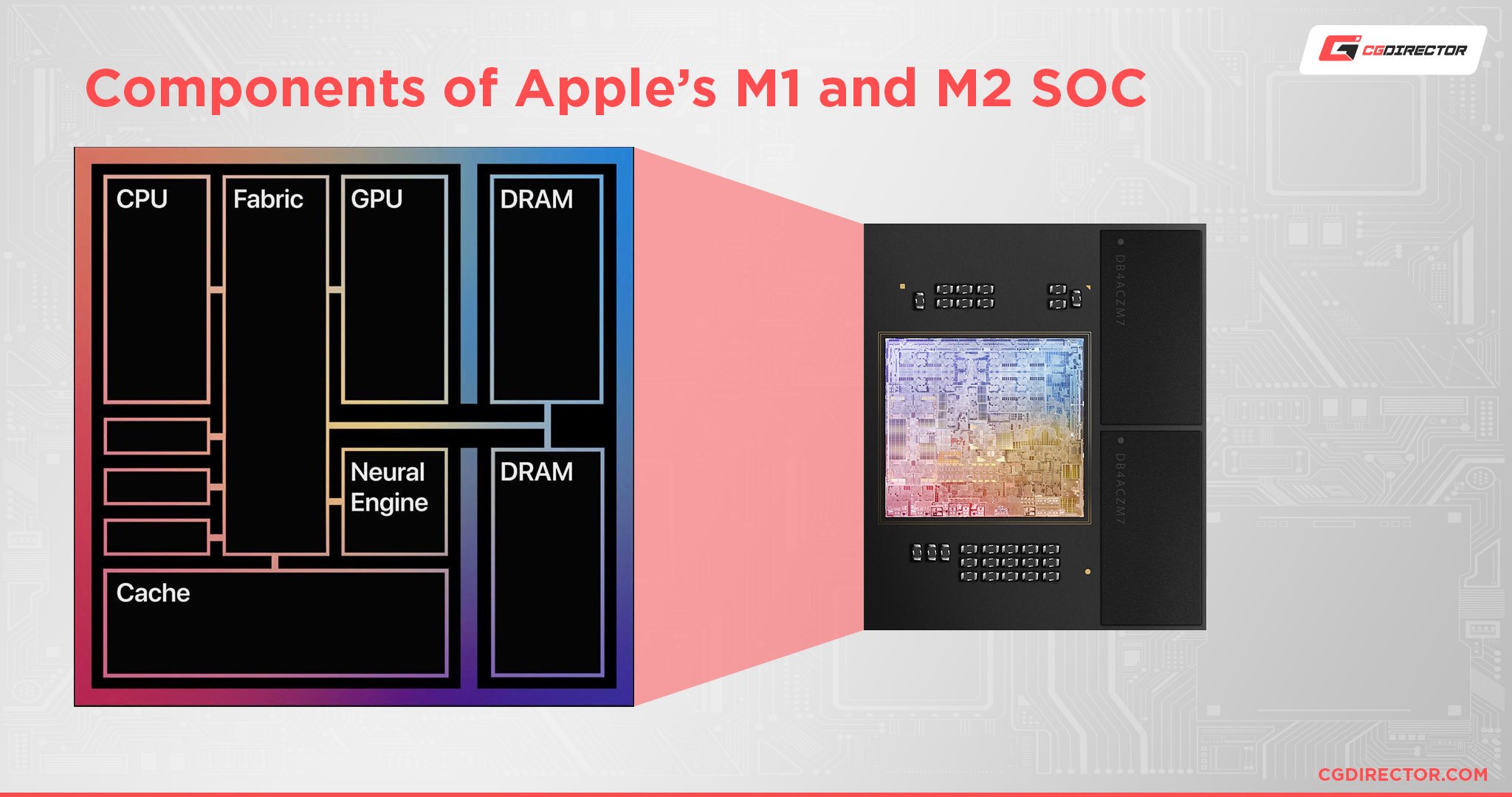
This kind of design has allowed Apple to create a unified memory architecture which, in turn, allows both the CPU and GPU to access the same pool of memory.
This is similar to a regular iGPU set-up but only on the surface level — Apple’s UMA (Unified Memory Architecture) is much more advanced than it might seem at first glance.
Moreover, it is vastly different from what we’ve all become accustomed to over in the x86 world — an architecture that, while undoubtedly sufficient, isn’t nearly as avant-garde as what Apple has to offer.
Why Is Unified Memory So Fast?
In a standard, Windows-based PC, your CPU communicates directly with your Random Access Memory (or RAM, for short).
Dedicated graphics cards have their own pool of dedicated memory — VRAM — the amount of which tends to vary wildly based on the model you have and its intended use-case.
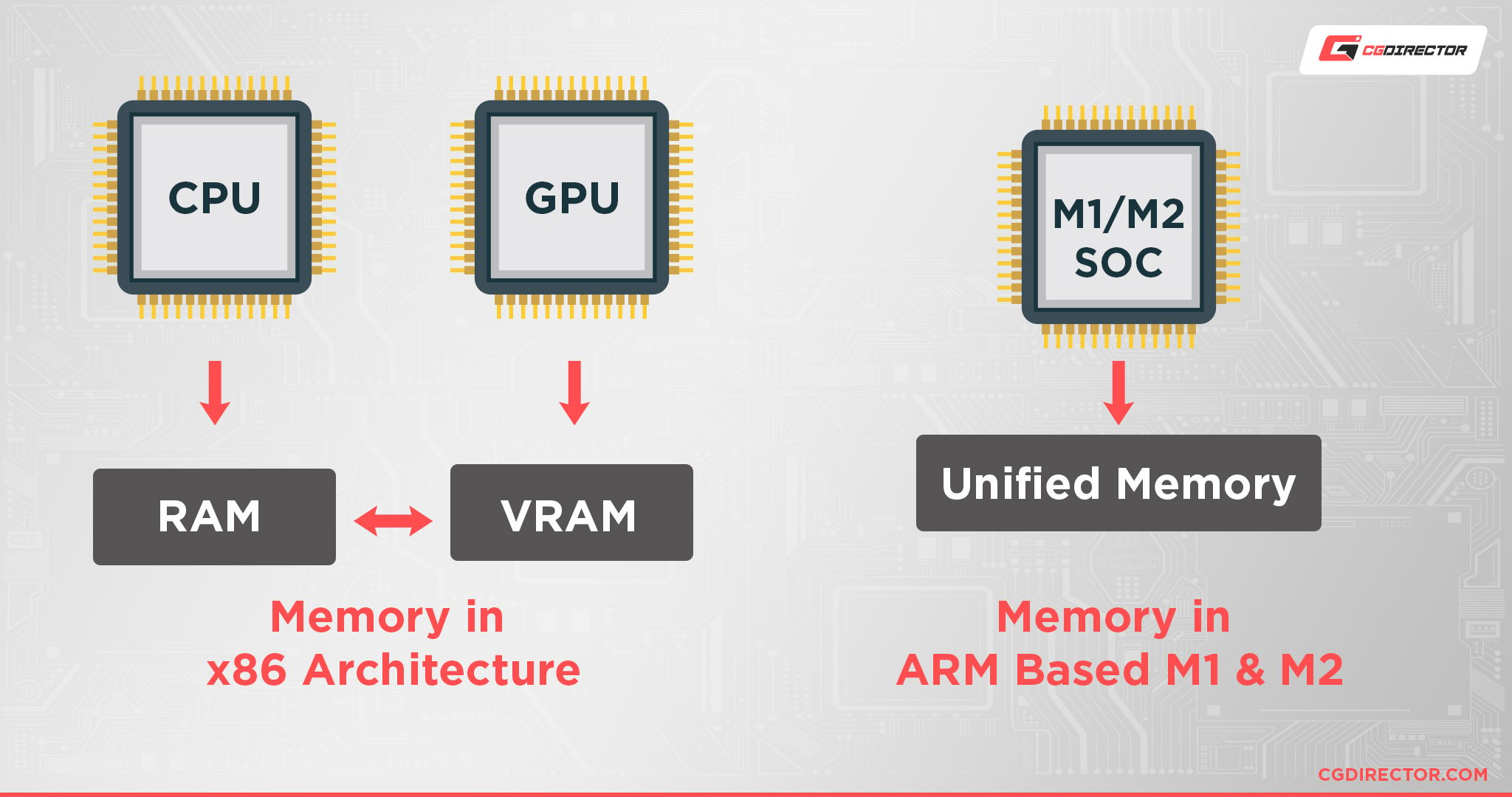
The only “issue,” however, is that it still takes time for these pools of memory to be accessed by your processor and graphics card (and other components, too). They might be in relatively close proximity, but there’s still a limit in regard to the speed at which they can be accessed.
Now, by no means is this limit debilitating, but it exists nonetheless.
The faster your components can communicate and transfer data, the faster your device will perform and execute whichever task you might throw its way.
How Does Apple’s Unified Memory Work?
Unlike regular motherboards and RAM sockets which use a system of wires (typically called a bus) to communicate and transmit data, unified memory relies on an interposer substrate (a layer of silicon, in other words) for the same task — hence the much faster performance.
The RAM part within Apple’s SoCs isn’t literally a part of the chipset but is rather connected through the same substrate.
It’s also as close to the SoC as possible (right beside it, in fact) — another huge difference whose benefits should not be underestimated as it allows for all kinds of data to transfer at a much greater speed.
Max Tech did a neat test comparing Laptops based on Unified and regular RAM in this video that shows their performance difference in RAM-heavy workloads:
Unified Memory — Biggest Drawbacks
Apple’s UMA, for all its many strengths and benefits, sure isn’t without a long laundry list of drawbacks and limitations. Let’s take a closer look:
- Deceptively fast — This might sound like a plus, but it can very easily become negative. Once you’ve used up all of your available memory, your Mac device will immediately (and without hesitation) resort to swap memory. The OS itself will still feel (fairly) responsive and snappy, but if this becomes a habit it could, by all means, do a number on your SSD further down the road.
- It cannot be upgraded — This, one could argue, is the biggest and most debilitating problem. On a regular desktop PCs, if you need more RAM, all you need to do is buy another stick or, at worst, swap out your existing memory for a brand-new kit. On an ARM-based Mac device, however, the amount of unified memory cannot be changed no matter what you try. This, for laptops, is somewhat acceptable — it’s no different in the world of thin-and-light Windows ultrabooks. The Mac Studio (and Mac Mini, for that matter), is a machine that’ll stand on your desk for the years to come. Not being able to upgrade any component whatsoever can, by all means, be deemed a dealbreaker. Now, granted, the machine itself is so darn powerful that, odds are, you won’t need to upgrade anything further down the line, but the point stands nonetheless.
- Extremely expensive — Want to double your unified memory? You’ll have to shell out an additional $200. Labeling this as an obscene premium would be an understatement.
How Much Unified Memory Do You Need?
That depends on what you plan on doing with your ARM-based Mac device. If it’s just light web browsing, standard productivity work, and perhaps a bit of photo or video editing on the side then you’ll get by with 8GB — but barely so.
Apple’s latest SoCs rely a lot on swap memory which, in the long run, may end up shortening the life span of your internal SSD. The more RAM you have, the less often your Mac will have to resort to this measure.
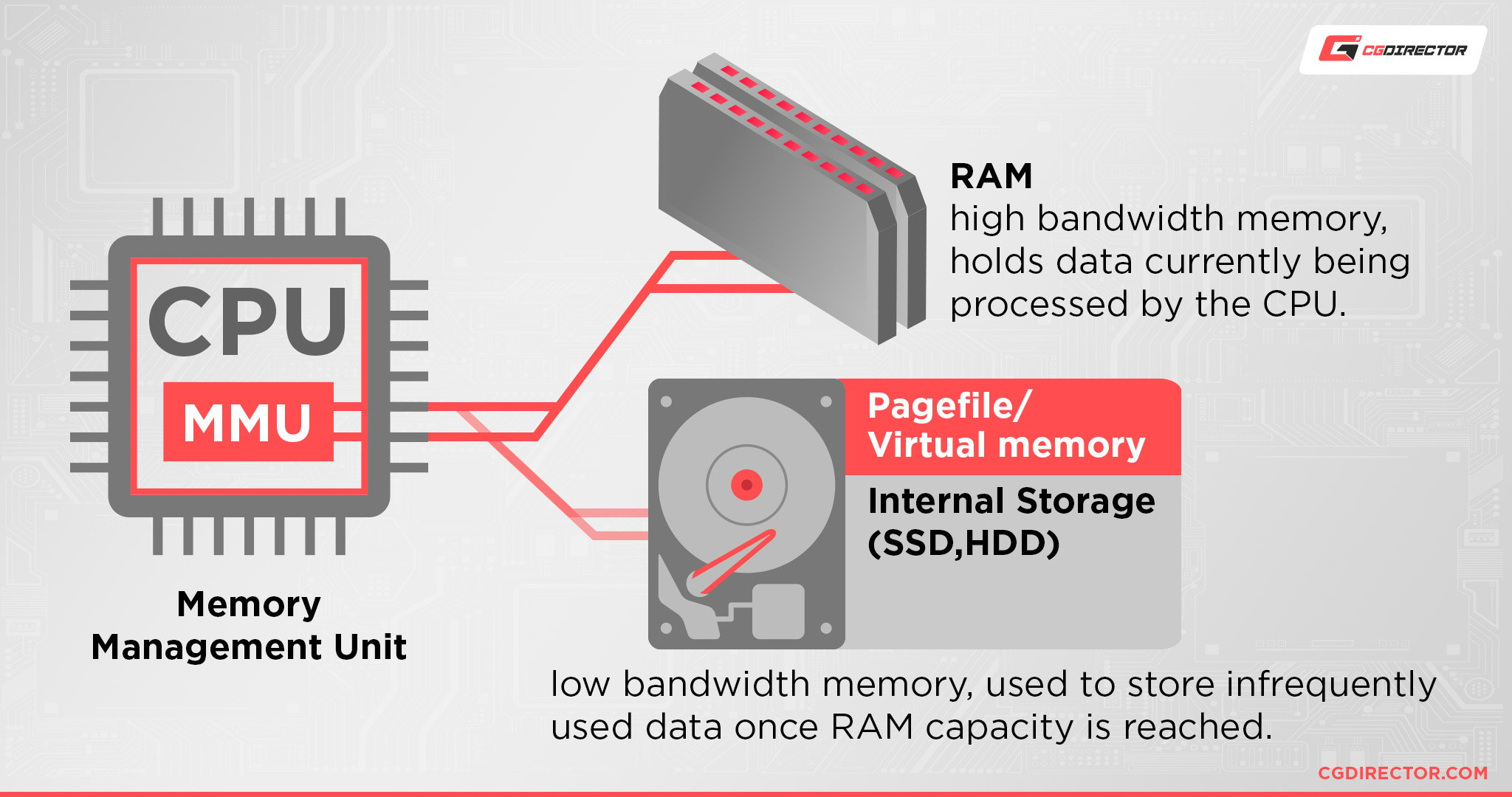
That’s the thing: having 8GB of unified memory feels a lot faster than it should precisely because of Apple’s engineering wizardry, and while that’s a stellar benefit for all potential buyers, it is nonetheless attained through relatively extreme means — i.e. a staggering overreliance on swap memory usage.
Having 16GB of unified memory, therefore, is pretty much the sweet spot for most demanding users. That’s still not an incredible amount of memory, but it’ll nonetheless suffice for both light and heavy workloads alike.
Just keep in mind that there’s no way to upgrade the amount of unified memory on your device, so think twice before making any kind of purchasing decision.
8GB might be a bit too close for comfort so, if you can, make sure to go with 16GB if you’ll be using your device for the years to come and have the tendency to multitask.
Unified Memory recommendations for specific Workloads
We’ve written an overview guide of how much RAM you need for different workloads here, but while those numbers are great for x86-based machines using actual RAM, with unified memory we have to keep in mind that the GPU also wants its share of memory.
So here’s how much unified memory we recommend for different workloads:
| Workload / Task | Minimum Unified Memory Requirement | Recommended Unified Memory Amount |
|---|---|---|
| Basic Everyday Use | 4-8GB | 16GB |
| Video Editing | 8-16GB | 64GB |
| Graphic Design | 8-16GB | 32GB |
| Motion Design | 8-16GB | 64GB |
| 3D Modeling | 8-16GB | 32GB |
| 3D Rendering | 8-16GB | 64GB |
| CAD | 8-16GB | 64GB |
| Music Production | 8GB | 64GB |
| Programming | 4GB | 16GB |
| Gaming | 8-12GB | 32GB |
| Streaming | 8GB | 16GB |
| VR | 16GB | 32GB |
How Much Unified Memory Can My Apple Device Have?
That depends on the SoC. Here’s a simplified overview of each chipset in Apple’s line-up (at the time of this writing) and the maximum amount of unified memory that it can support:
| Chipset | Maximum Amount of Unified Memory |
|---|---|
| M1 | Up to 16GB |
| M1 Pro | Up to 32GB |
| M1 Max | Up to 64GB |
| M1 Ultra | Up to 128GB |
| M2 | Up to 24GB |
Just keep in mind that each upgrade — on Apple’s official website — will set you back an additional $200.
And, no matter your chipset of choice, you won’t be able to upgrade anything further down the line so think twice before making any kind of purchasing decision.
Conclusion
Apple’s unified memory is, in short, an astonishing achievement. There’s really no other way to say it. Still, it is a bespoke solution, one that comes with quite a long list of drawbacks and limitations — to say nothing of a steep asking price.
The way it harnesses swap memory is also fascinating — an 8GB Mac device really does feel a lot faster and more capable than one would ever expect.
You shouldn’t, however, let that fool you: eight gigabytes are still eight gigabytes, and no amount of software- or hardware-based wizardry will ever change that.
FAQ
Let’s go over a few potential questions you might have regard this particular topic:
Is Unified Memory the Same as RAM?
Well, both yes and no. If we were to approach it from a layman’s perspective then we could, by all means, think of it in a very similar fashion. It does, after all, serve the same function as regular RAM memory.
It’s not, however, the same thing, as it can be accessed by various different components of your device. It’s more power efficient, it’s faster, has (much) higher bandwidth, and is the very core of what makes Apple’s latest chipsets so tremendously capable.
For a deeper dive on all things RAM, make sure to read the following article.
How Much Unified Memory Do I Need?
That depends on your workflow and how demanding a user you really are.
What is it that you’re after? A desktop replacement? A thin-and-light ultrabook for your travels? A content creation machine?
8GB of unified memory will suffice for everyday tasks like browsing the web, answering emails, sifting through ten or fifteen tabs in Safari (or your web browser of choice), and it’ll also deliver the kind of performance you need to do some light design work, video/photo editing, and so on.
If, however, you need to have a billion apps open at the same time and you’re a heavy multitasker — to say nothing of being a creative professional — then you should definitely and without hesitation go with 16GB.
Those buying an M2-based device have the option of going for 24GB, but if you need that much memory you’d be better off just going with a 14” or 16” MacBook Pro — it’s a vastly more capable machine.
The 32GB option (and above) is pretty much reserved for the most demanding users out there.
Is 8GB of Unified Memory Enough?
Only for the simplest everyday tasks.
Apple’s unified memory is blazingly fast, so having 8GB probably won’t feel like that big of a limitation, but it’s still a bottleneck of sorts and if you start pushing your Mac device you’ll immediately start feeling the inherent constraints of your configuration.
So, to summarize: you can definitely get by with 8GB but, if you plan on using this device for many years in the future, going with a 16GB model should definitely be a top priority.
Can I Upgrade My Unified Memory?
Unified memory cannot be upgraded whatsoever.
It is, therefore, incredibly important to buy an Apple device that has a sufficient amount so as not to face any debilitating bottlenecks further down the line.
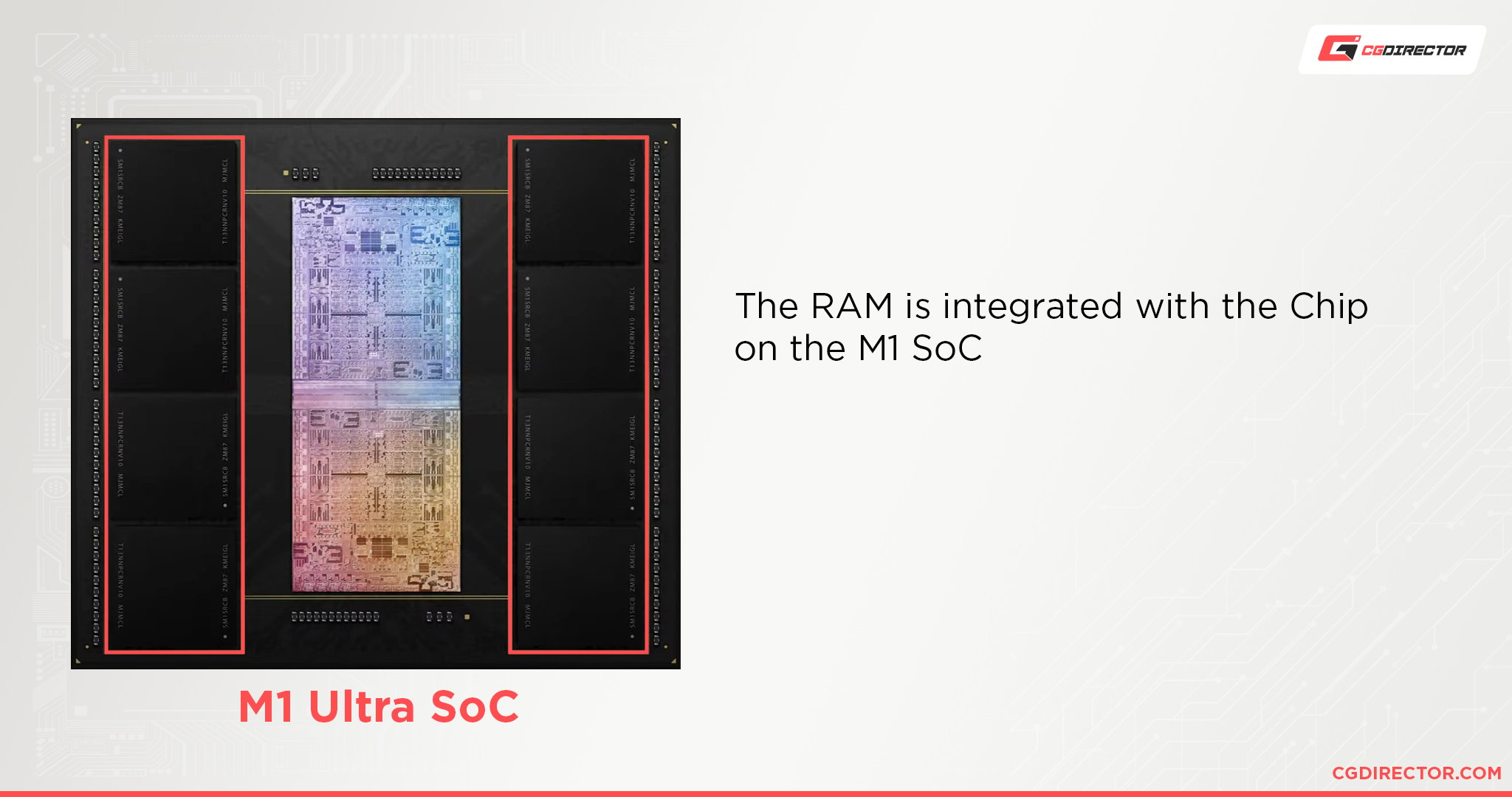
If in doubt, go with 16GB — that’s the sweet spot for all but the most demanding users (the consummate professionals, if you will).
Should I Buy More Storage or Unified Memory?
As far as ARM-based Mac devices are concerned, always prioritize buying more unified memory over internal storage.
It’s a tough choice to make (and a costly one at that), but the former should definitely (and without doubt) take precedence.
Is Unified Memory Superior to RAM?
That’s somewhat of an unfair comparison as they function in such noticeably different ways.
Unified memory is superior but its many benefits and sheer potency cannot be detached from Apple’s SoC — you can’t really observe and evaluate its strengths outside of that vacuum and context.
Moreover, it’s an either/or kind of deal.
If it’s Windows you’re after then there’s no way whatsoever for you to harness Apple’s unified memory and all that it has to offer — and vice versa, should you be inclined to buy one of Apple’s latest and greatest ARM-based devices.
Over to You
Apple’s unified memory has many incredible benefits, all of which were immediately recognized and praised by both “Mac heads” and PC enthusiasts alike.
The way this solution was implemented left no one indifferent. It truly feels like a slice of the future although, to be fair, it’s not without fault — far from it, in fact.
What are your thoughts on Apple’s wholly fascinating approach? Has it ever piqued your interest? Let us know in the comment section down below and, in case you need any help, head over to our forum and ask away!

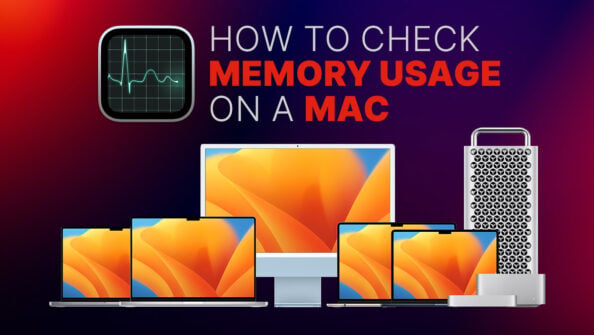
![How to Shut Down Applications in macOS [The Easy Way] How to Shut Down Applications in macOS [The Easy Way]](https://www.cgdirector.com/wp-content/uploads/media/2024/01/How-to-Shut-Down-Applications-in-macOS-Twitter-594x335.jpg)
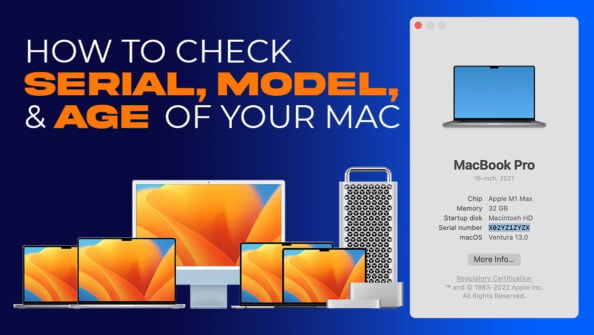
![Which Mac Is the Right Desktop Computer for You? [Update] Which Mac Is the Right Desktop Computer for You? [Update]](https://www.cgdirector.com/wp-content/uploads/media/2023/11/Which-Mac-Is-the-Right-Desktop-Computer-for-You-Twitter-594x335.jpg)

3 Comments
20 August, 2023
Thank you for the article. I’m just an everyday user, so my concern is longevity. 8GB is probably fine for today. I’m currently using a 2013 MBP, so I keep my laptops for a long time. I need to upgrade and am considering 16GB of RAM just to make sure I can get 7-10 years out of my next laptop. I think I’ll go with 16GB.
20 August, 2023
Definitely, 16GB is the perfect amount, especially considering just how fast Unified Memory actually is. 8GB might be a bit too limiting. In any case, you won’t be disappointed!
9 June, 2023
Having both a Mac Studio 32GB M1 and a Macbook Pro 8GB M1, I can verify that video editing (Final Cut Pro) on the Macbook is perfectly fine with no discernable lag. Also capable of running Wavelab Pro alongside it and task switch between the apps.
Also tested instances of Affinity Designer, Photo and Publisher with multiple Chrome tabs active. For an on-the-move system (Macbook Pro), the 8GB is actually more capable than just everyday tasks. T
he larger memory configurations are required for much heavier lifting, e.g. Cubase Pro with multiple tracks, VST instruments and FX, Groove Agent 5 etc. The same applies if your are editing 4k material – move up to 16GB or stretch to 32GB.
Mac offer a 2023 M2 Macbook with a max RAM configuration of 96GB, in my opinion for mobile computer, is for hedonistic gear snobs and will serve no other purpose than childish bragging rights. I know only a very few folk who daily go beyond the need for 64GB on any one workstation grade system. Large media and design houses tend to have multiple colleagues working on different sections of large projects with their own workstations. There maybe some instances of super massive rendering operations that require extended memory real-estate, however those kind of tasks would unlikely be taking place on a laptop style platform.